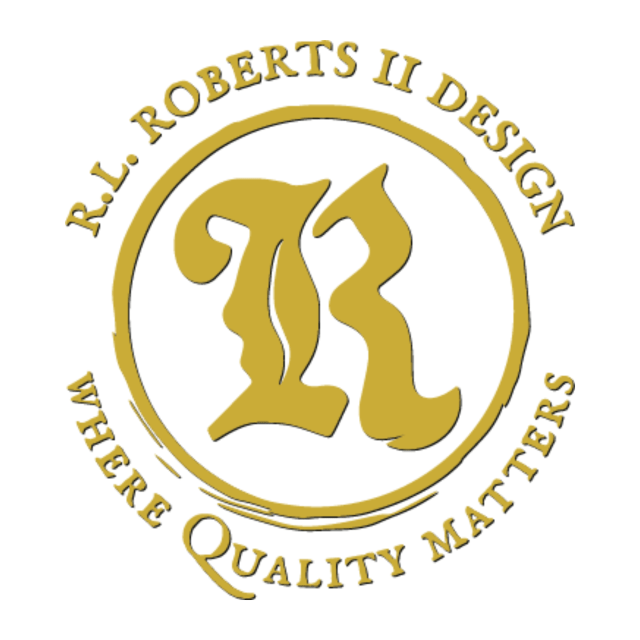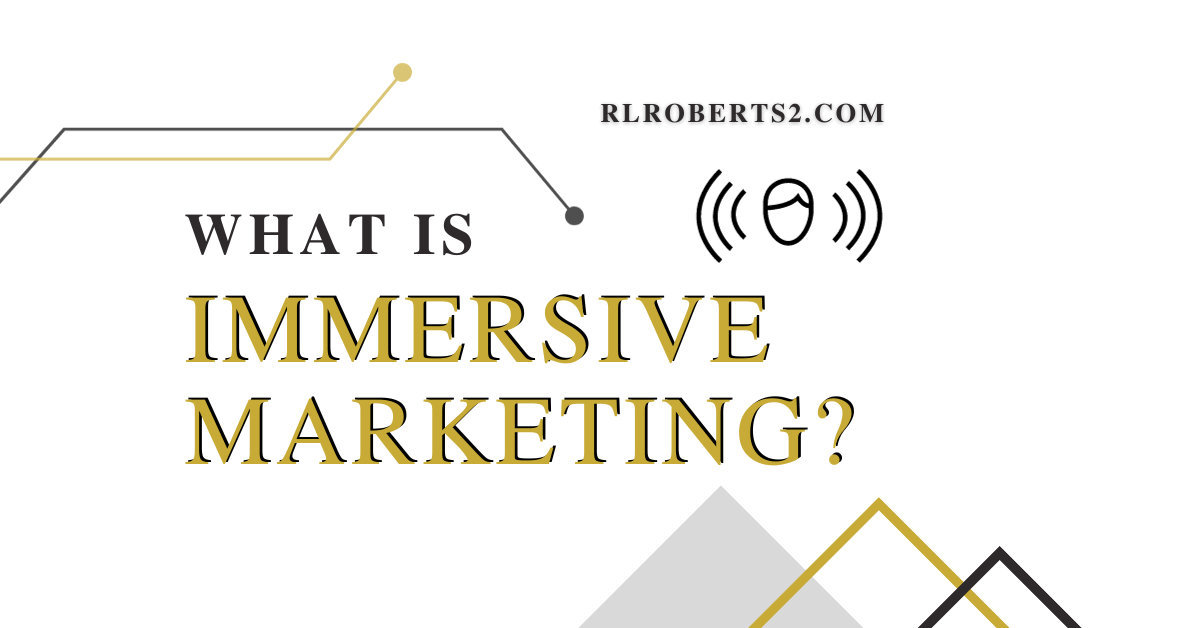What is immersive marketing? Or immersive design? Let’s take a look at both traditional and innovative print marketing solutions. Print marketing refers to advertising and promotional strategies that use printed materials to reach and engage a target audience. These materials can include various forms of physical media, such as brochures, flyers, posters, banners, business cards, direct mail, magazines, newspapers, and more. Print marketing has been a traditional and effective method of communication for businesses to connect with their customers.

Alternatively, immersive marketing is a strategy that aims to deeply engage consumers by creating an interactive and compelling brand experience through high engagement direct response marketing. It involves using various sensory elements and technology to captivate an audience and make them active participants in the marketing campaign, coupled by a unique digital marketing presence.
Immersive design is the artwork featured on each campaign’s printed materials. At R.L. Roberts II Design, LLC, the design process is subjected to multiple quality checks via an approval process. Once a design is drafted, a 3D interactive link will be shared.
Key elements of immersive marketing include:

- Engagement: Immersive marketing seeks to involve consumers actively rather than passively. It aims to create experiences that capture attention, evoke emotions, and encourage participation.
- Sensory Stimulation: This type of marketing often engages multiple senses, such as sight, sound, touch, and sometimes even smell or taste, to create a more holistic and memorable experience.
- Technology Integration: Immersive marketing frequently leverages advanced technology such as virtual reality (VR), augmented reality (AR), mixed reality (MR), interactive installations, mobile apps, and other innovative tools to create immersive experiences.
- Storytelling: Effective immersive marketing often involves storytelling, creating narratives or scenarios that allow consumers to feel connected to the brand on an emotional level.
- Personalization: Tailoring experiences to individual preferences or offering personalized interactions enhances the immersive nature of the marketing campaign, making it more relevant and impactful.


Several alternatives to traditional print marketing exist, leveraging digital technology and innovative approaches to reach and engage audiences. These alternatives, such as digital marketing, and/or content marketing, and immersive marketing often offer flexibility, interactivity, and a broader reach when compared to traditional print methods.

Dimensional printing, also known as 3D printing, is a revolutionary technology that allows for the creation of three-dimensional objects by adding successive layers of material. However, in the context of marketing and print materials, “dimensional print” refers to the use of special printing techniques to create textured, raised, or otherwise tactile surfaces on printed materials, adding a physical dimension to the design.
Immersive marketing has gained popularity due to its ability to create memorable experiences, foster deeper connections with consumers, and generate buzz around brands. However, it requires a thoughtful approach, technological investment, and a deep understanding of the target audience to be successful.
Contact us and schedule a meeting with our team to talk more about immersive marketing solutions. No matter the industry, immersive marketing through quality design is a winning combination sure to impress your customers and increase engagement with your brand.
Coming soon: a full line of immersive marketing solutions from R.L. Roberts II Design, LLC.


